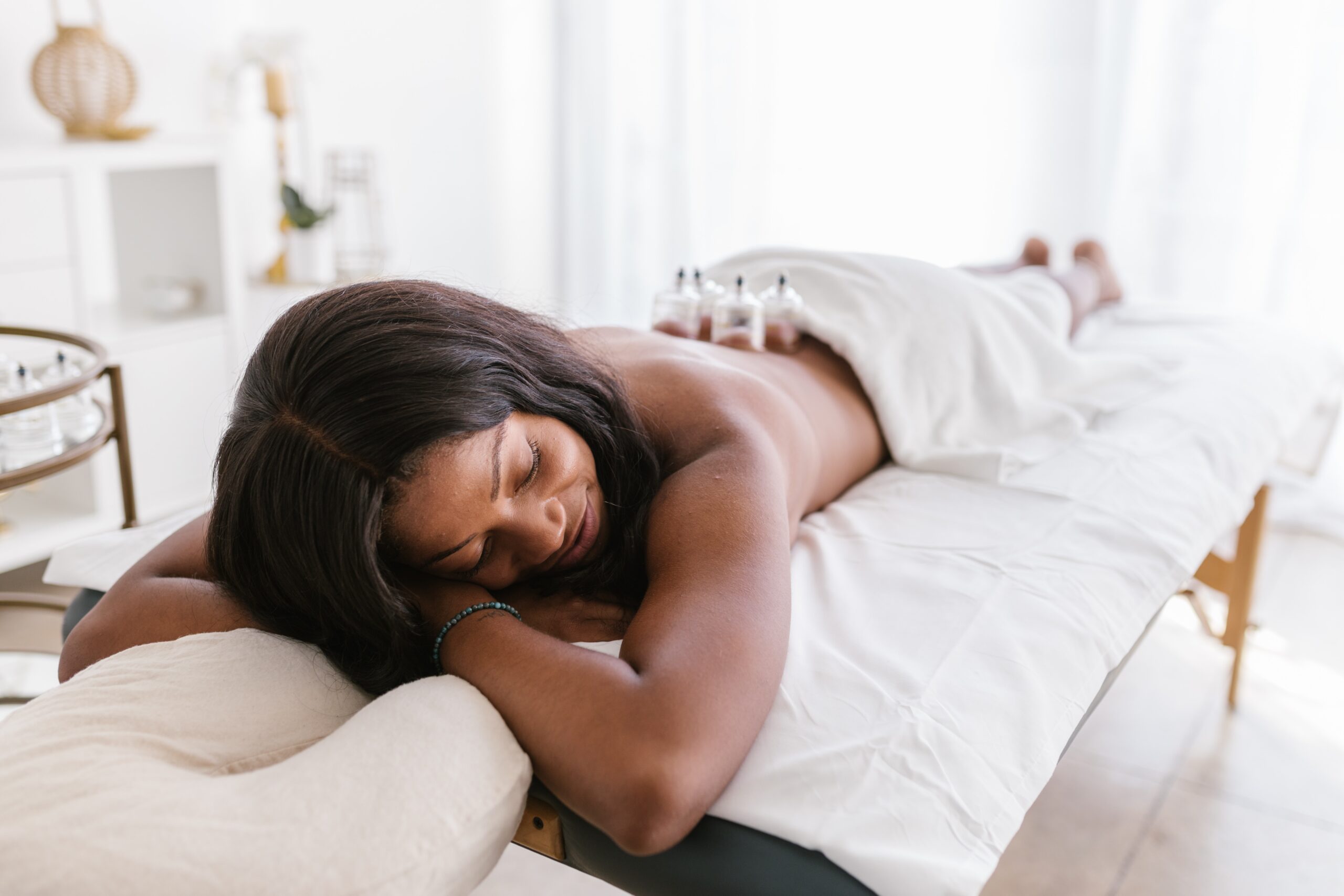Paul DeLeeuw spent the majority of his career in medicine practicing anesthesiology, but at a young age was enthralled by acupuncture. Although in the U.S. acupuncture is not held in the high regard that it is elsewhere in the world, Dr. Paul DeLeeuw’s experience with acupuncture led him to hold the practice in high esteem.
As he describes it, “Here was a complete system of healing, with diagnosis and therapy logically wrapped together. If you buy the premise that there are invisible lines of force that run through our bodies, the rest is satisfying and predictable.”
According to the Mayo Clinic, “Acupuncture involves the insertion of very thin needles through your skin at strategic points on your body. A key component of traditional Chinese medicine, acupuncture is most commonly used to treat pain. Increasingly, it is being used for overall wellness, including stress management.
Traditional Chinese medicine explains acupuncture as a technique for balancing the flow of energy or life force — known as chi or qi (chee) — believed to flow through pathways (meridians) in your body. By inserting needles into specific points along these meridians, acupuncture practitioners believe that your energy flow will re-balance.
In contrast, many Western practitioners view acupuncture points as places to stimulate nerves, muscles, and connective tissue. Some believe that this stimulation boosts your body’s natural painkillers.”
After interning at Long Island Jewish Hospital (LIJ) for a year early in his career, Dr. Paul DeLeeuw was exhausted and discouraged by western medicine. “I had eased suffering for some, and prolonged life a bit, but cured nobody.” It was then that he stumbled upon the book Acupuncture Therapy by Mary Austin in the hospital library.
Dr. Paul DeLeeuw experimented with acupuncture on friends before attending an acupuncture symposium in San Francisco. There, he met Dottore Luciano Roccia of Turin, Italy, who invited Dr. Paul DeLeeuw to Italy to study under him at his clinic. Dr. Paul DeLeeuw accepted and moved with his girlfriend to Turin.
Dottore Roccia taught Dr. Paul DeLeeuw about acupuncture in exchange for his work in the clinic, and the arrangement continued for two years. Dr. Paul DeLeeuw continued to expand on his knowledge, delving deeper into his research than Roccia even had, working with the pulses.
“Each energy path, called a meridian, was represented by a certain pulse at the wrist. Twelve meridians, twelve pulses. I used this to effect cures on difficult and often long-suffering patients,” he details. It was at this point that Dr. Paul DeLeeuw began to invent his own acupuncture tools to assist him in his work.
“I invented an acupuncture point finder, a little gadget that lights up when the tip is near an acupuncture point. It works on the principle that acupuncture points have more blood vessels than other places. At my instigation, we began doing work on acupuncture anesthesia. This required another invention, an acupuncture point stimulator. We had some success, especially about the head and neck.”
Unfortunately, Dr. Paul DeLeeuw’s Italian career in acupuncture was not meant to last. In order to develop his point finder and point stimulator, he began to insert needles into himself, despite a cardinal rule of acupuncture being to never treat yourself.
“One day I used needles I brought home from the clinic,” Dr. Paul DeLeeuw recalls. “One was infected with the herpes virus. I got terribly sick. High fever, rash, vomiting, and pain in my legs that was beyond tolerance. After the acute illness subsided, I was left with gnawing leg pain that gave me no peace. Eventually, finding no relief, I abandoned all my work in Italy and crawled home.”
After his recovery, Dr. Paul DeLeeuw hoped to pursue a career in acupuncture in the U.S. but was disappointed to discover that its reputation is not the same in the western world. A medical degree is not required to administer acupuncture, and many offices are located in shopping center storefronts, not fine offices of respected physicians.
In 1978, Dr. Paul DeLeeuw became an anesthesiologist at Cedars Medical Center and eventually became the Chief of Anesthesia, a position he held until 2002. He has remained current with medical advancements, research, certifications, and fellowships in order to best serve patients throughout his career. He takes a special interest in pharmacology, weight reduction, acupuncture, and pain management.
After leaving Cedars Medical Center, Dr. Paul DeLeeuw became the Director of Anesthesia Services at Riverwalk Surgery Center but ended his anesthesia career due to a shoulder injury. He transitioned into becoming a Bariatrician in 2008 and has been treating weight-loss patients in Orlando, Boca Raton, and Sarasota ever since.
Although Dr. Paul DeLeeuw abandoned his career in acupuncture, he never turned his back on easing pain for his patients. Through both anesthesia and bariatric medicine, he has been able to minimize discomfort for all who cross his path.
Dr. Paul DeLeeuw resides in Florida with his wife, with whom he has two adult children. He remains active with Beth Israel Synagogue as well as the charities Loaves and Fishes and Learning Ally. In order to continue providing the highest level of care to his patients, Dr. Paul DeLeeuw stays active by playing tennis and cycling in his free time.





























